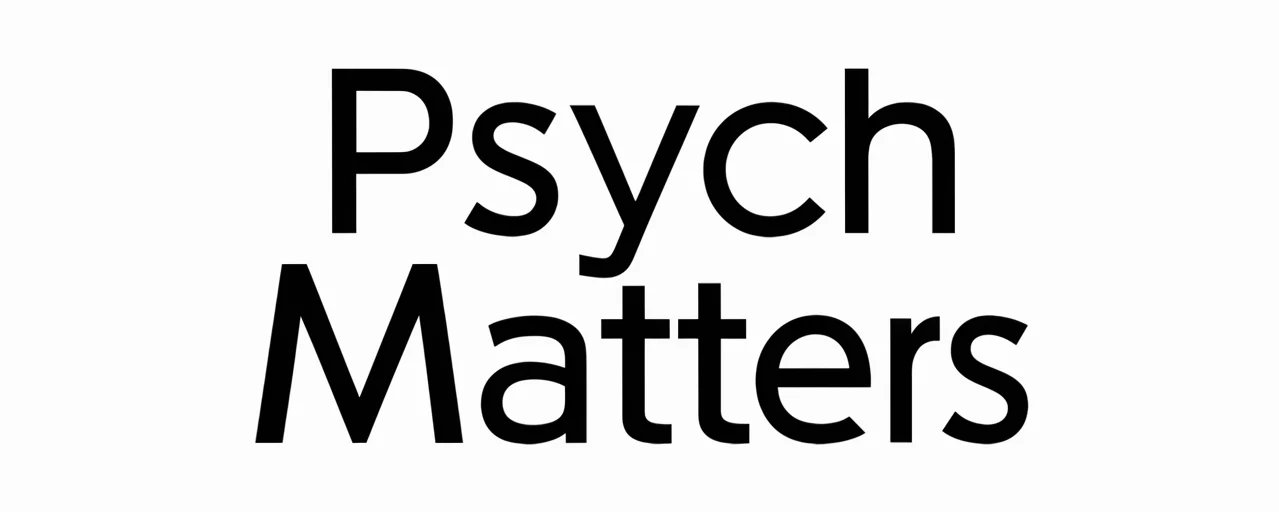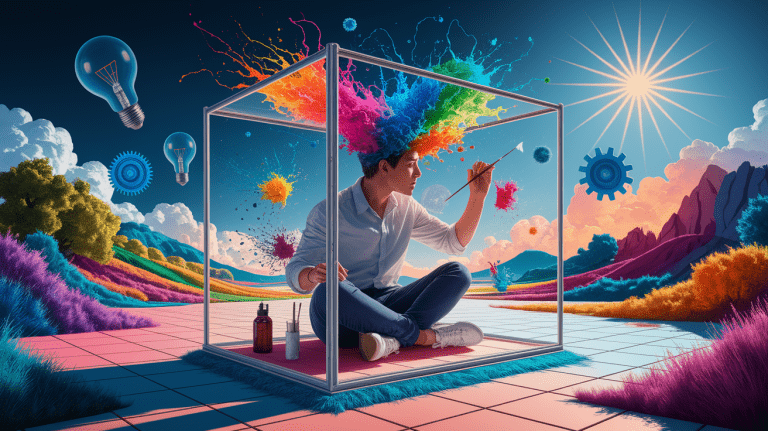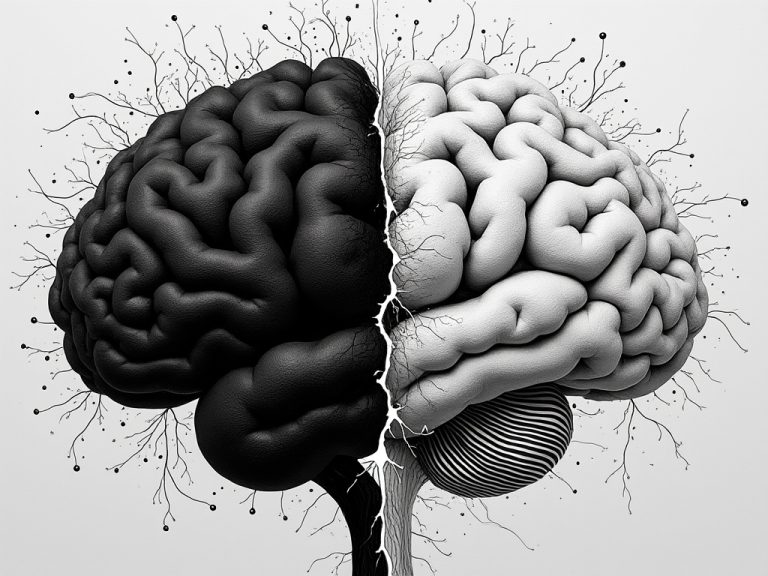Psychology of Color and Design: How Hues Shape Perceptions and Behavior
Splash of Insight: Why Color Psychology and Design Matter
Color psychology examines the ways colors affect human perceptions, emotions, and behavior. In design psychology, this understanding becomes a strategic tool for shaping experiences—whether in branding, interior design, web design, or marketing. Colors operate as a nonverbal form of visual communication, influencing mood and guiding decision-making through both conscious and subconscious processes.

From enhancing user experience to reinforcing brand identity, effective use of color impacts everything from website conversions to product appeal. As research in cognitive psychology and neuromarketing illustrates, subtle differences in color schemes—such as the warmth of reds versus the coolness of blues—can alter trust, urgency, and emotional resonance with an audience.
Chroma Basics: The Six Principles Underpinning Color Influence
According to the fundamental principles of color psychology, the impact of color on behavior and perception can be distilled into six core ideas:

- Colors have inherent meanings.
- Meanings are shaped by both biological and environmental experiences.
- Color perception triggers automatic evaluations.
- These evaluations can directly influence behavior.
- Colors exert their influence within specific physical and social contexts.
- The meaning of a color depends strongly on its context.
For example, white may represent purity in minimalistic design but create a sense of emptiness if overused. Grey can signal sophistication in corporate branding yet feel monotonous in certain interior spaces. Recognition of these principles allows designers to align color choices with intended emotional responses, visual aesthetics, and usability goals.
Emotional Hues: Mapping Colors to Feelings
Research on the psychological impact of colors in design demonstrates that specific hues evoke predictable emotional associations:

- Red: Passion, urgency, energy; can stimulate action and appetite.
- Blue: Trust, stability, calm; often linked to professionalism and security.
- Green: Growth, balance, renewal; frequently used to signal eco-friendliness or prosperity.
- Yellow: Optimism, intellect, warmth; attracts attention and can spark enthusiasm.
- Purple: Creativity, luxury, imagination; valuable for emphasizing exclusivity.
- Black: Sophistication, authority, power; effective in high-contrast, elegant designs.
- White: Purity, cleanliness, simplicity; common in modern, minimalist aesthetics.
By selecting brand colors that trigger the desired emotional response, designers can align visual aesthetics with broader marketing psychology strategies.
Context Counts: Situational and Cultural Shifts in Color Meaning
The color-in-context theory explains that the meaning and psychological effects of colors are fluid and shaped by situational factors. In one scenario, red might increase attractiveness in personal interactions; in another, it could signify danger or failure, as seen in evaluative or warning contexts.

Culture exerts a substantial influence as well. For example, white symbolizes mourning in some Eastern traditions but purity in Western wedding ceremonies. Conceptual metaphor theory links these interpretations to embodied experiences—phrases like “feeling blue” or “seeing red” reflect cultural idioms that shape perception.
Designers applying cross-cultural communication principles must account for these context-dependent dynamics to ensure that visual messages resonate accurately with target audiences.
Design in Action: Applying Color Psychology to Branding and UI
In graphic design and branding, effective color use serves multiple roles:

- Brand identity: Consistent color schemes reinforce brand recognition and trust signals.
- Emotional design: Deliberate color choices evoke feelings aligned with brand personality traits, from excitement to serenity.
- Visual hierarchy: Contrasting colors guide user attention to key elements, improving usability and conversions in web design.
- User experience: Color temperature (warm vs. cool tones) influences readability, comfort, and interaction speeds.
- Cultural alignment: Selection of brand colors considers both local symbolism and global reach.
For example, a financial services platform may adopt deep blues to signify security and competence, whereas a health and wellness app might integrate greens to convey vitality and balance. The psychology of color in marketing design thus becomes a precision tool for shaping user expectations and behavior.
Palette Finale: Wrapping Up Key Insights
Color psychology integrates elements of cognitive psychology, behavioral science, and design theory to shape how individuals feel, think, and act in response to visual stimuli. Recognizing the six core principles, mapping emotions to hues, accounting for cultural and situational variations, and applying evidence-based strategies in design ensures that every element—from logos to interfaces—supports clear, intentional communication.
In practice, thoughtful application of color psychology allows designers to create environments, interfaces, and brand experiences that not only look visually appealing but also drive measurable engagement and positive user response.







